EDIT: Vue has this built-in. Skip to the bottom for more.
Original answer:
There are two ways to interpret your question, and therefore to answer it.
The first interpretation is: "how can I support routing to different pages within the same single-page app, e.g. localhost:8080/about and localhost:8080/report etc?". The answer to this is to use the router. It's reasonably straightforward and works well.
The second interpretation is: "my app is complex, and I have multiple single-page applications, e.g. one app for the 'website' part, one app for consumers to log in and do work, one app for admins, etc - how can vue do this, without making three entirely separate repositories?"
The answer to the latter is a single repository with multiple single-page apps. This demo looks like exactly what you're after:
https://github.com/Plortinus/vue-multiple-pages/
Look in particular at: https://github.com/Plortinus/vue-multiple-pages/blob/master/vue.config.js
Updated answer:
It turns out that vuejs has the idea of multiple top-level pages built-in. I mean, it makes sense - it's going to be really common, despite what many incorrect answers are saying about "no, it's for single page apps"!
You want the pages option in the vue.config.js file:
https://cli.vuejs.org/config/#pages
If your project doesn't have that file in the root directory, create it and vuejs will discover it.
There is a long and a short way to define each page. I used the short form here:
module.exports = {
pages: {
index: 'src/pages/index/main.ts',
experiment: 'src/pages/experiment/main.ts'
}
}
You don't have to put your work under "pages". It could be "/src/apps/index/index.ts" or whatever.
After moving code around and changing some imports from:
import HelloWorld from './components/HelloWorld'
to
import HelloWorld from '@/components/HelloWorld'
The app works - but the "experiment" app in my repo had to be loaded like this:
http://localhost:8080/experiment.html
Pretty ugly, and even worse because it uses the router which resulted in URLs like:
http://localhost:8080/experiment.html/about
Ugh.
Fortunately, this stackoverflow answer solved it. Update the vue.config.js file to include devServer options (make sure this is at the top level of the exported object:
devServer: {
historyApiFallback: {
rewrites: [
{ from: /\/index/, to: '/index.html' },
{ from: /\/experiment/, to: '/experiment.html' }
]
}
}
Then also modify the router.ts file to append the extra path (in my case "experiment/":
export default new Router({
mode: 'history',
base: process.env.BASE_URL + 'experiment/',
...
Then URLs resolve nicely, e.g.: http://localhost:8080/experiment/about


